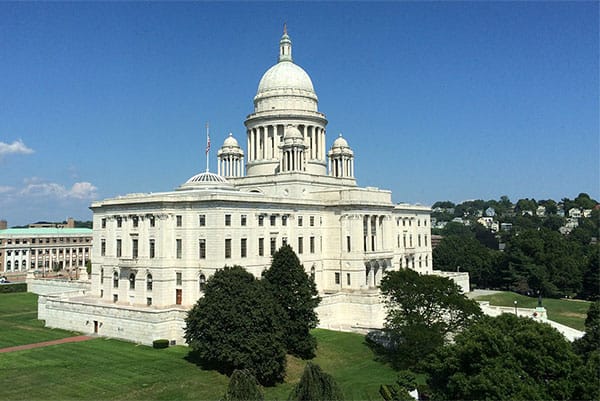
The top attractions and sights in Providence, Rhode Island are largely wheelchair accessible. Take a stroll up to Federal Hill, tour the Brown University campus, visit WaterPlace Park, and see some of America’s oldest churches. Much of what the city has to offer is steeped in American history. It is particularly interesting to me, because I studied Rhode Island’s history quite extensively in college and later in grad school. I have reviewed many of the best things to do in Providence, and all of them are at least partially wheelchair accessible. Please share any experiences you have accessing these sights in the comments section at the bottom of this page.
Rhode Island State House
Rhode Island’s capitol building was constructed between 1895 and 1904. The State House is listed on the National Register of Historic Places and is the center of Rhode Island government. The dome is among impressive architectural company with the fourth largest self supported marble dome, behind only St. Peter’s Basilica, the Minnesota State Capitol and the Taj Mahal.
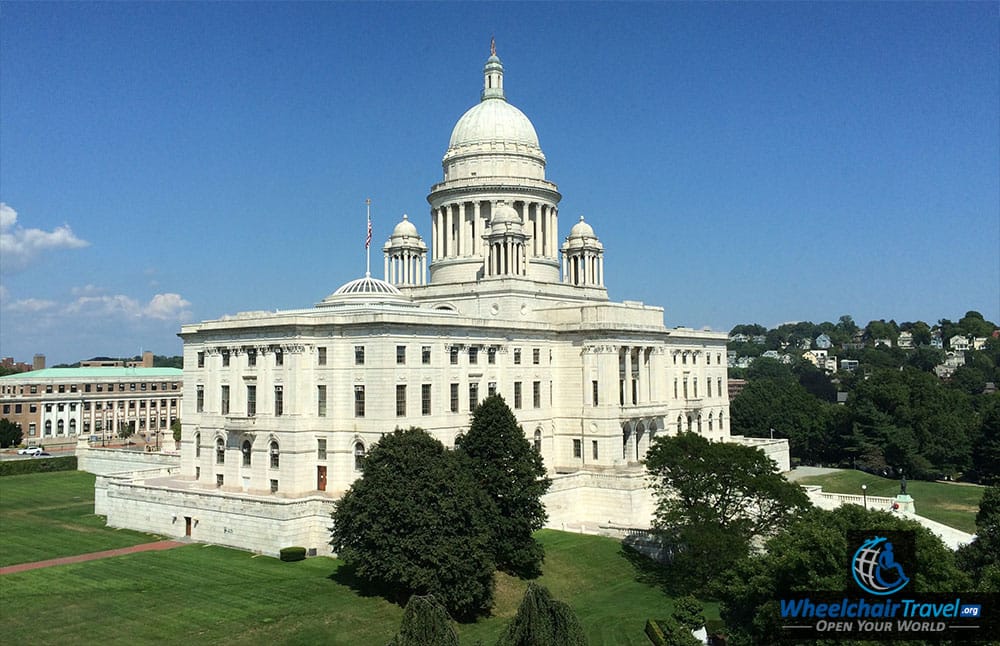
Tours of the State House are available every weekday except holidays at 9 am, 10 am, 11 am, 1 pm and 2 pm. The 50-minute tour takes visitors to the Bell and State Rooms and into the Rotunda to admire the structure’s marble dome. Tours are fully wheelchair accessible. Elevators are available on each floor. For more information on tours of the State House, visit sos.ri.gov.
Nearest BUS: Routes 56/57 at Smith St. & Francis St.; 1 block from MBTA Commuter Rail & Amtrak.
Federal Hill Neighborhood
Federal Hill is an area of Providence which began attracting residents in the early 1800s. It is situated on a hill or rise and is composed of the urban areas surrounding Atwells Avenue, Broadway, Cranston Street and Westminster Street. Early in its history, the Federal Hill neighborhood attracted a large number of Italian immigrants. As the 20th century approached, the Italian American community flourished alongside Irish immigrants. The community soon became the site of Providence’s own “Little Italy.” To this day, Federal Hill is filled with an excellent selection of Italian restaurants, bakeries and shops. The neighborhood has also attracted numerous bars and pubs. For more information or a list of restaurants and shops on the Hill, visit federalhillprov.com.
Nearest BUS: Route 92, multiple stops on Atwells Ave.
WaterPlace Park & WaterFire
WaterPlace Park is an urban park in downtown Providence located alongside the Woonasquatucket River. The park’s Riverwalk sits below street level and is a series of cobblestone walkways and bridges which cross the river. Due to the cobblestone paths, the riverfront is a bumpy ride for the wheelchair user, but it is not so bad to be inaccessible. To access the waterfront walkways, wheelchair accessible ramps are available from Exchange Terrace and Francis Street.
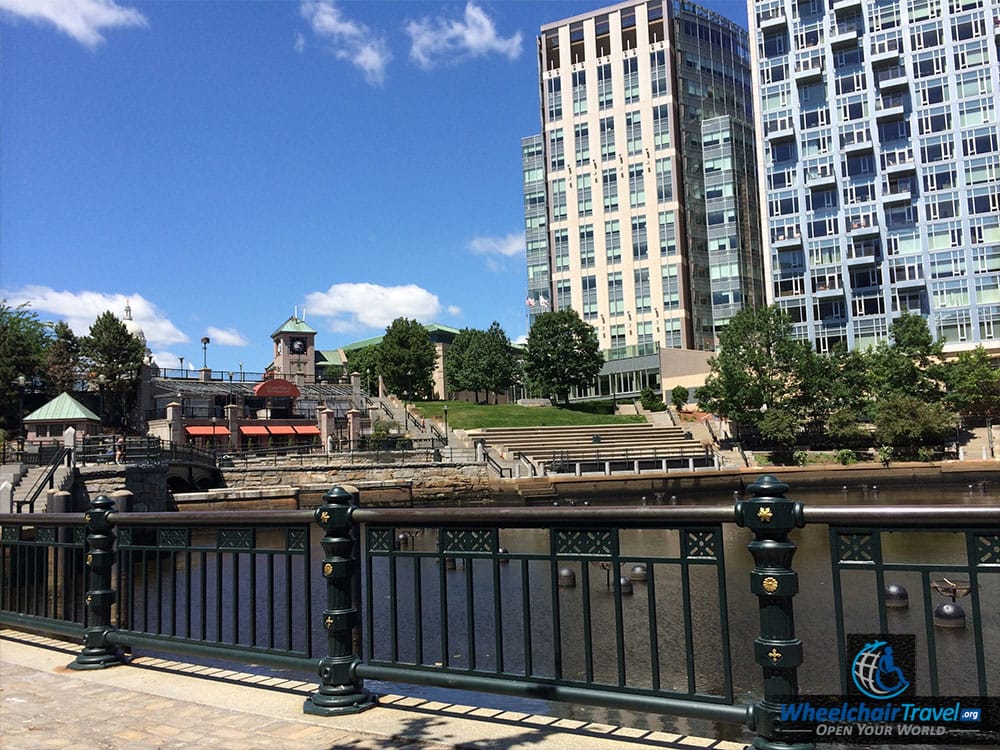
WaterPlace Park plays host to a series of WaterFire events each summer. Created as a one-time event in 1994, WaterFire has come to be a staple of the summertime in Providence. It is a public art installation, a performance and an urban festival. Designed as a ritualistic community celebration, WaterFire is full of symbolism of a community coming together for strength. On WaterFire evenings, 100 fires burn on braziers located on the river. The sights and aromas generated by these wood-burning fires is paired with music from around the world and the energy of crowds of up to 100,000. Bustling activity takes place around the WaterFire, as numerous restaurants and bar are within sight of the display. For more information on the events or to view a schedule, visit waterfire.org.
Nearest BUS: 29 routes at Kennedy Center on Exchange Terrace
Roger Williams Park & Zoo
The Roger Williams Park was constructed in 1871 on land formerly owned by the founder of Rhode Island and the city of Providence, Roger Williams. Spanning 498 acres, it has been called one of America’s finest urban parks by the National Trust for Historic Preservation. The park is immaculately landscaped and contains seven different lakes. Also within the park are rose gardens, a children’s park and a zoo. The zoo, one of the first in America, keeps more than 100 species. Many of the resident animals are rare and exotic, including camels, elephants, giraffes, snow leopards, wildebeests and wolves. Admission to the zoo is $14.95 for adults and $12.95 for seniors age 62+. The park and zoo are almost entirely wheelchair accessible, with each having a small number of steep pathways which will be difficult for manual wheelchair users. ADA compliant restroom facilities are available in the park and zoo. For more information on the zoo and its exhibits, visit rwpzoo.org
Nearest BUS: Route 20 at Elmwood at Roger Williams Park
Brown University Campus
Brown University is a private university and member of the prestigious Ivy League, founded in 1764. The university’s main campus is located on College Hill, at the top of the extremely steep College Street. At the terminus of College Street, the Van Wickle Gates, installed in 1901, mark the entrance to the campus.
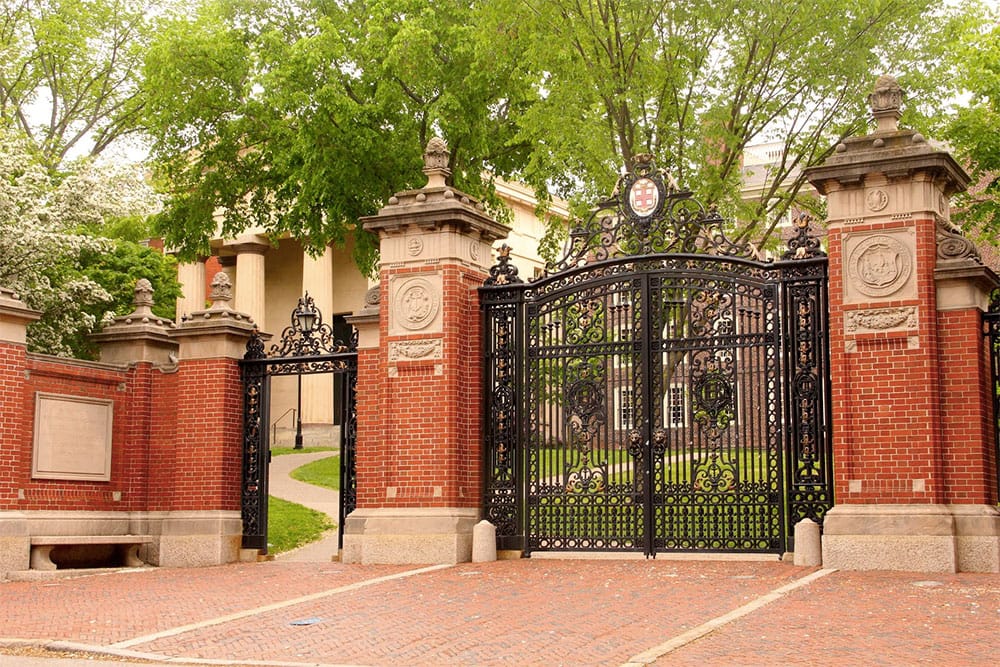
The campus has three large green spaces, around which the oldest and most photographed buildings are located. These are the Front Green, College Green and Ruth J. Simmons Quadrangle. For a map of the campus, along with detailed information on the accessibility of sidewalks and buildings, consult the campus accessibility map (PDF).
Nearest BUS: Routes 32/33/34/60 at S. Main St. & Power St.
The John Brown House Museum
The John Brown House, built in 1786, was the first mansion constructed in Providence. The house was built and owned by John Brown, a merchant, statesman and slave trader. The home was visited by George Washington in 1790, during his first term as President of the United States. The structure has been well preserved and is now listed on the National Register of Historic Places.
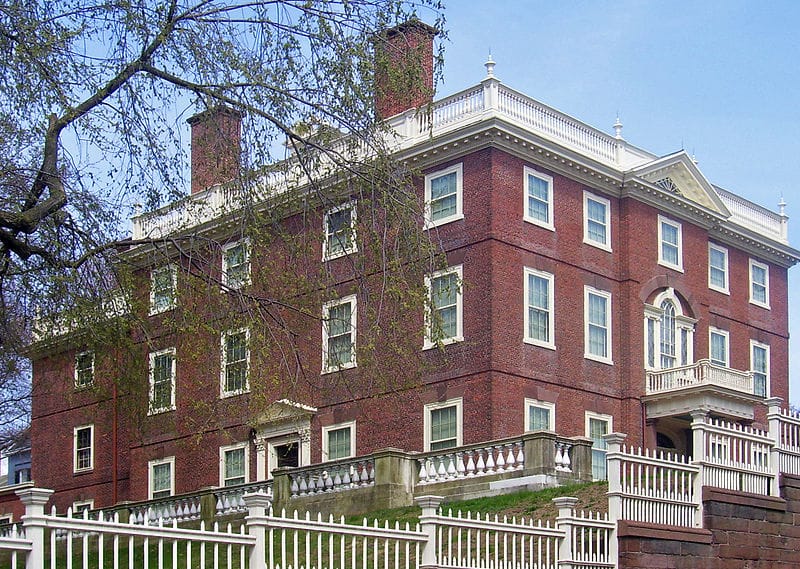
Today, the John Brown House is a museum which is operated by the Rhode Island Historical Society. The museum sheds light on the social and cultural history of early America. The house and museum is wheelchair accessible on the ground floor, with barrier-free access made possible by a ramp in the courtyard. The first floor contains elaborate parlors, a dining room and other rooms purposed for hosting visitors and friends. An ADA compliant restroom is available onsite. For more information on the museum, visit rihs.org.
Nearest BUS: Routes 32/33/34/60 at S. Main St. & Power St.
Rhode Island School of Design Museum
The Rhode Island School of Design operates the premier art museum in Providence. Ranked as one of the world’s top art and design schools and regularly trading the title of best in America with Yale University, it is no surprise that its museum is among the best in the country. The museum was founded in 1877 and is curated by an extensive staff of university faculty, artists and critics. Exhibits on Asian art, textiles, Modern and Contemporary art, Ancient Greek and Roman art, European art and more are on display. The museum and all of its galleries are fully accessible to wheelchairs. ADA compliant restrooms are available on each level. Admission is $12.00 for adults and $10 for seniors ages 62+. For more information, visit risdmuseum.org.
Nearest BUS: Routes 51/52/72 at N. Main St. & Thomas St.
First Baptist Church in America
A religious exile from the Massachusetts Bay Colony, Roger Williams founded the city of Providence, which soon became the colony of Rhode Island. From the city’s founding in 1636, Williams held worship services at his residence. In 1638, he converted the congregation to a Baptist church. The congregation’s first church building was constructed in 1700 and a second in 1736. Today, the congregation worships in its church constructed from 1774-1775. The church building is listed on the National Register of Historic Places and is also a National Historic Landmark. Tours of the church are available for the cost of $2.00. The Church sanctuary is accessible to wheelchair users, but there are only stairs leading up to the choir balcony. A wheelchair accessible entrance is located at the rear of the church. For more information, visit firstbaptistchurchinamerica.org.
Nearest BUS: Routes 51/52/72 at N. Main St. & Thomas St.



